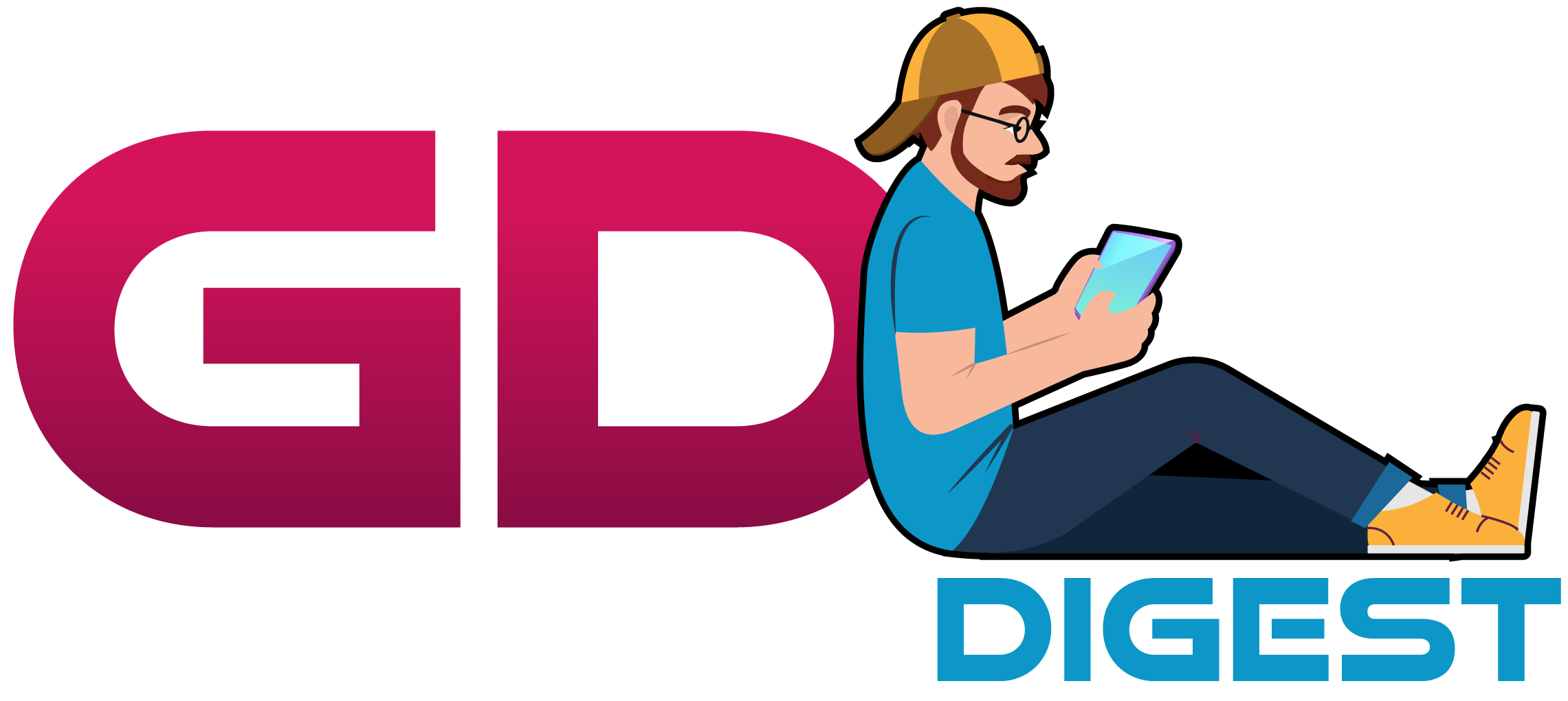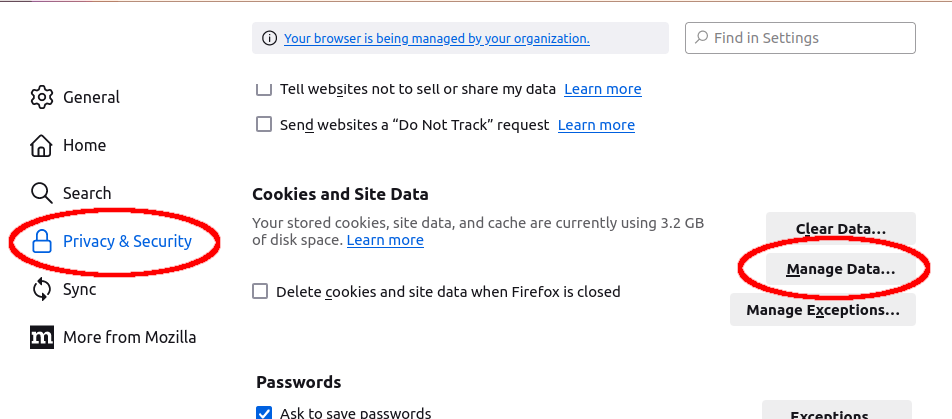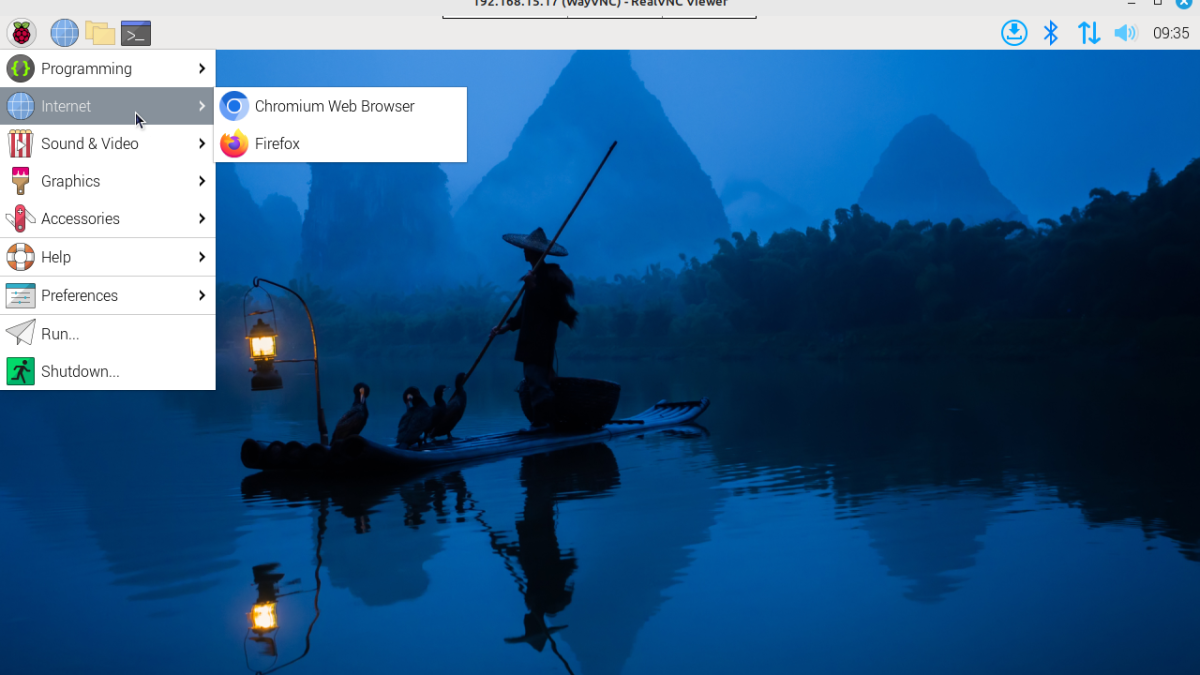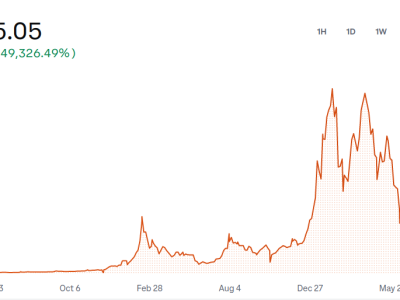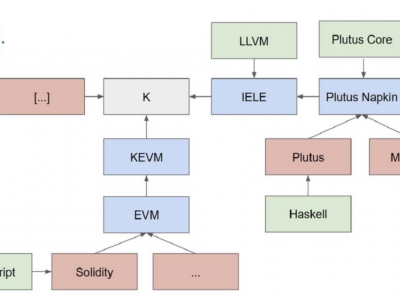In this article we explain how to transfer your beloved $ADA crypto coins to a hardware wallet and use staking (a kind of mining method, see table at the end of the article) to generate and earn new coins.
Prerequisites
- $ADA on an exchange
- Hardware wallet such as Trezor or Ledger with latest Cardano (ADA) app installed
- PC with internet connection
Choose and create your wallet
First you will need to choose a wallet. If you want a full node and download the whole blockchain you can use Daedalus (https://daedaluswallet.io). If you prefer a faster experience, the way to go for you is either Yoroi (https://yoroi-wallet.com) or Adalite (https://adalite.io). For this post I myself will stick to a Ledger Nano X and Yoroi. Yoroi is a Browser extension that can send commands to your hardware wallet which is used to confirm them.
- Download Yoroi Browser extension for the browser of your choice: https://yoroi-wallet.com
- Open the Extension and Select your language.
- Accept the terms of use.
- Choose “Simple” (you can switch to Advanced in settings later)
- Allow Cardano Payment URLs.
- Click “Connect to Hardware wallet” and choose Cardano as currency (Yoroi also supports Ergo) and then your wallet.
Now you should be here:
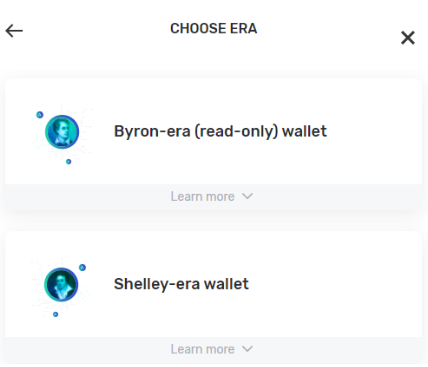
Select “Shelley-era wallet”. And then click “NEXT” and then “CONNECT”:
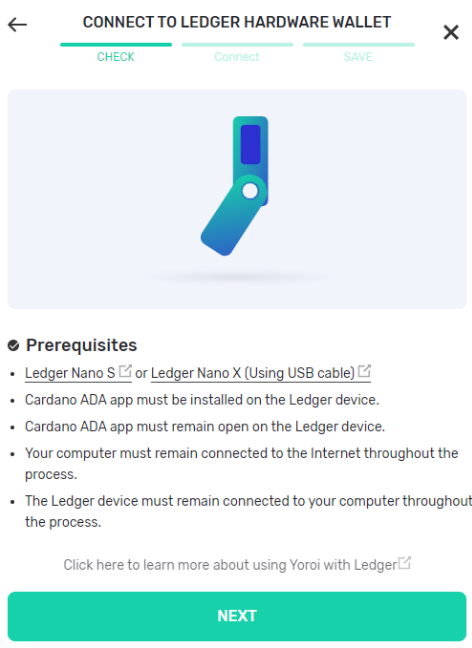
Connect to ledger hardware wallet 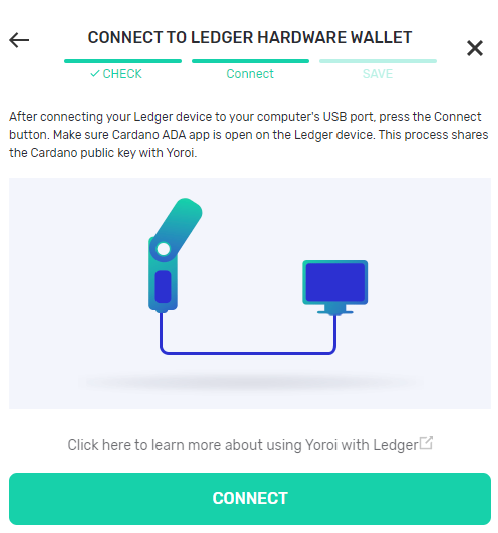
Connect to ledger hardware wallet
Choose your Device type (“LEDGER NANO X” for me) and then you will be asked on the Hardware Device if you want to allow the export of your public keys. Allow it. Now you have your wallet imported to Yoroi and you can transfer funds to your Hardware wallet:
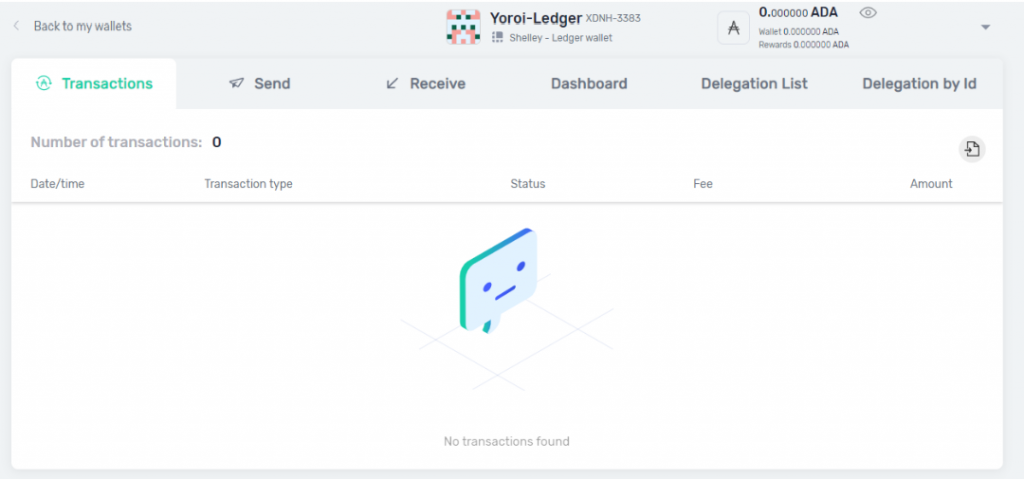
Go to “Receive” and Copy your wallet address to clipboard:
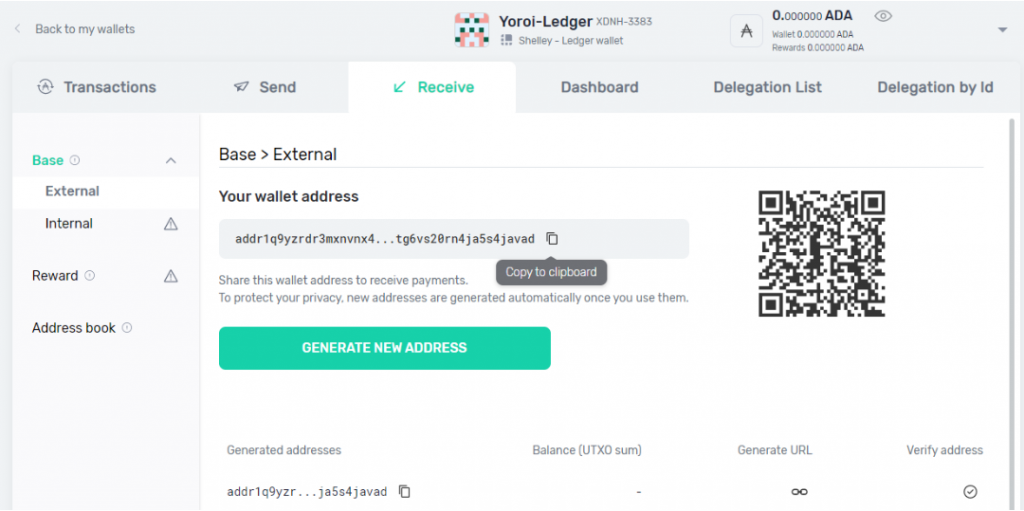
Transfer (send) your coins from an exchange
Go to your exchange and withdraw to the copied wallet address. Verify that you copied the correct wallet address for at least 25 times because after sending there is no going back. For safety reasons I usually make a small transaction first before sending bigger amounts to any wallet. But sometimes transaction fees can make this a costly endeavor.
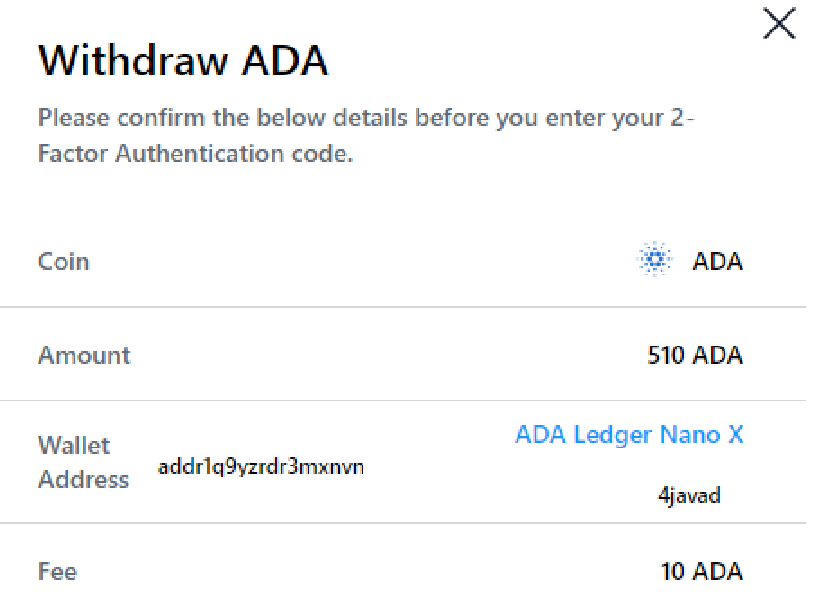
This is a withdrawal from crypto.com. Note, that the fee here is not from the Cardano blockchain but coming from the exchange itself. The actual fee (on the chain) was only 0.217281 $ADA, whereas the exchange fee was 10 $ADA. You can look this up after the Transaction is visible in the Transactions tab in Yoroi:
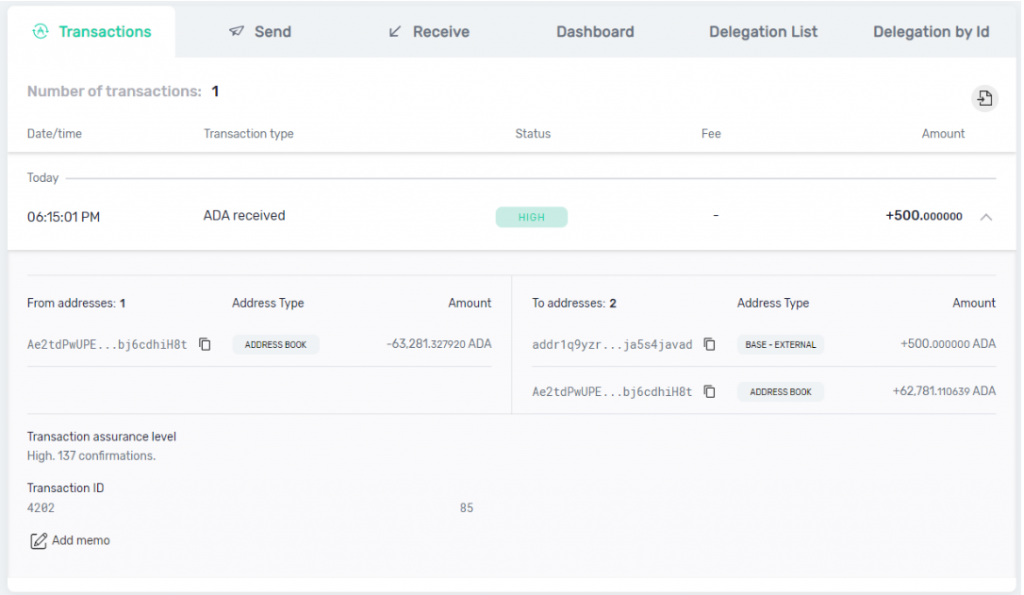
You can click on the Transaction ID and check the information about the transaction on Cardanoscan Blockchain Explorer.
Choosing a Stake Pool
After you received your $ADA you can now start staking your coins. But first you should visit the Website https://adapools.org to choose your Stake pool of choice.
There you find a list of 1000+ stake pools and their stats:

- Stake: Below 64 Million $ADA (This can change with the change of the optimal_pool_count (also known as K parameter), it last changed on epoch 234 from 150 to 500 and is said to change again in March 2021), if you stake to a pool with saturation above 64 million, your rewards are going to be reduced significantly.
- Luck around 100%
- BPE (Blocks mined per epoch) that looks evenly green not red and green.
- Fees: Below 5 % and + 340 (Meaning of all staked coins per epoch, the pool collects 340 $ADA plus 5%. The rest is distributed to the delegators). Pools with a fee of 100% are considered "private" pools, you will receive no rewards from such a pool.
- Costs is from fees, the total share of coins that goes to the stake pool.
- A decent pledge (The amount the SPO (Stakepool operator) himself has locked to the pool)
- Some pools will use the staking rewards they collect to reinvest back into the Cardano network. Make a visit to the pool operators Website to find out what the pool operator is going to do with his share of the rewards.
Start staking ADA coins
After you found a pool you like, you can go back to Yoroi, verify your Ledger is still unlocked and switch to the register “Delegation List”. Search your pool and click “Delegate”. This will cost you another 0.345212 $ADA, click “Delegate” again:

Press “continue”:
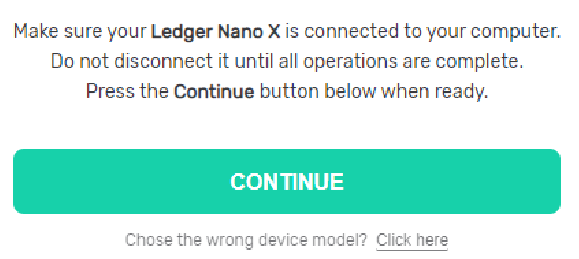
Then follow the instructions on the ledger device. It will ask you to confirm the staking keys and the transaction and it’s cost. After that, your $ADA is successfully delegated. It will take you three epochs until you get your first rewards. One epoch takes 5 days.
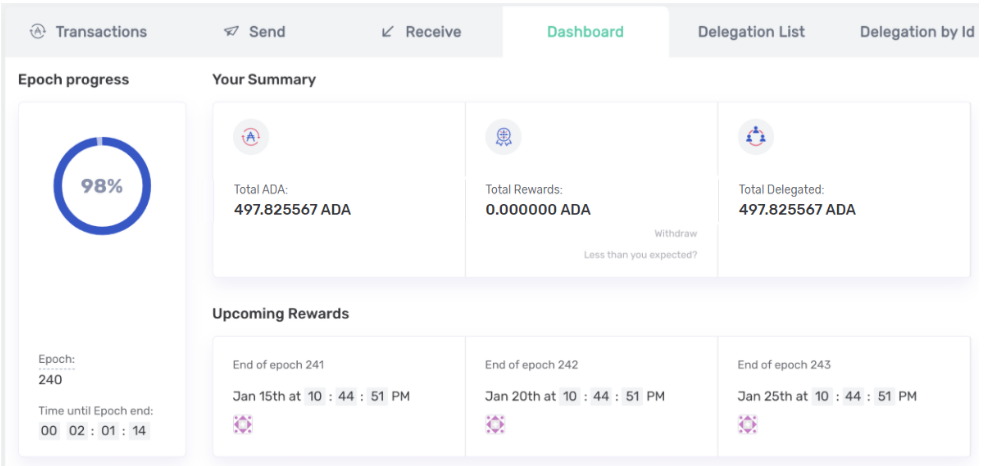
After you received your first rewards you can see in the register “Dashboard” the “Total Rewards” going up and on the chart you can monitor your staking performance through the epochs:
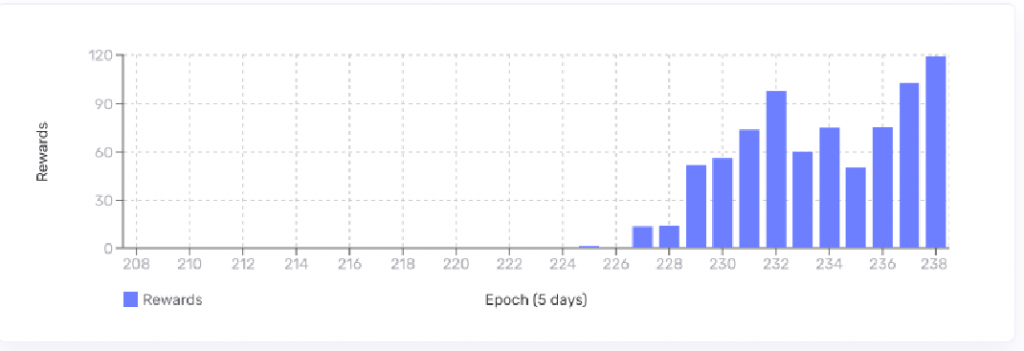
Explaining different mining methods
There are different types of coin mining methods. Here's an overview of the most commonly used.
| Method | Description |
| Mining | Generates new coins by "working" on the Blockchain. Usually this work is performed by using powerful GPU hardware. Each PoW (Proof of Work) on the Blockchain results in a reward. |
| Staking | Generates new coins by "holding" existing coins. Every PoS (Proof of Stake) results in a reward (see article above). |
| Liquidity Mining | Liquidity mining (a.k.a. Yield Farming) is done by lending coins to a platform and, much like a bank, receive fees for the lend coins. Note: This method is not recommended as it could be used by scammers to build a ponzi scheme. Be very cautious! |
